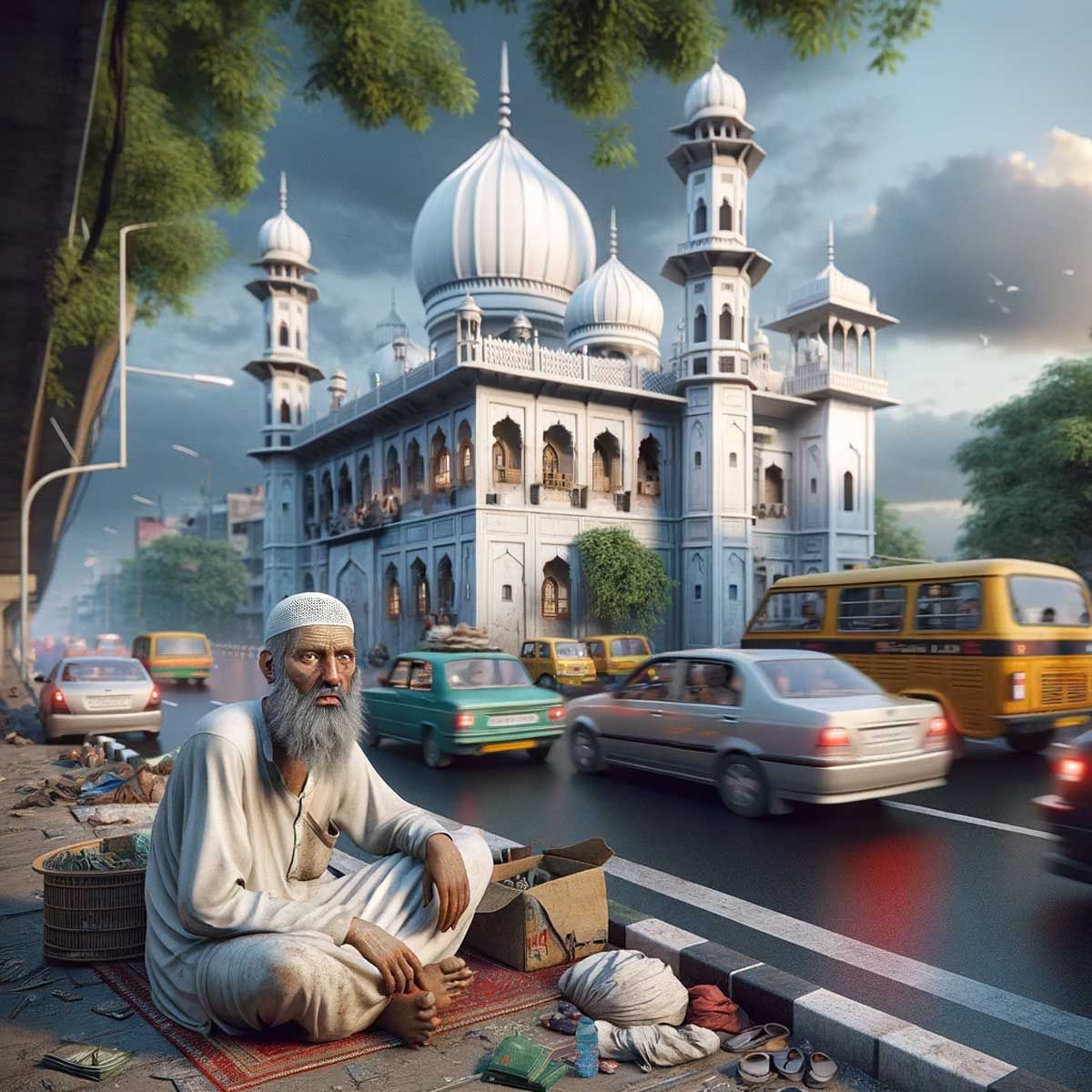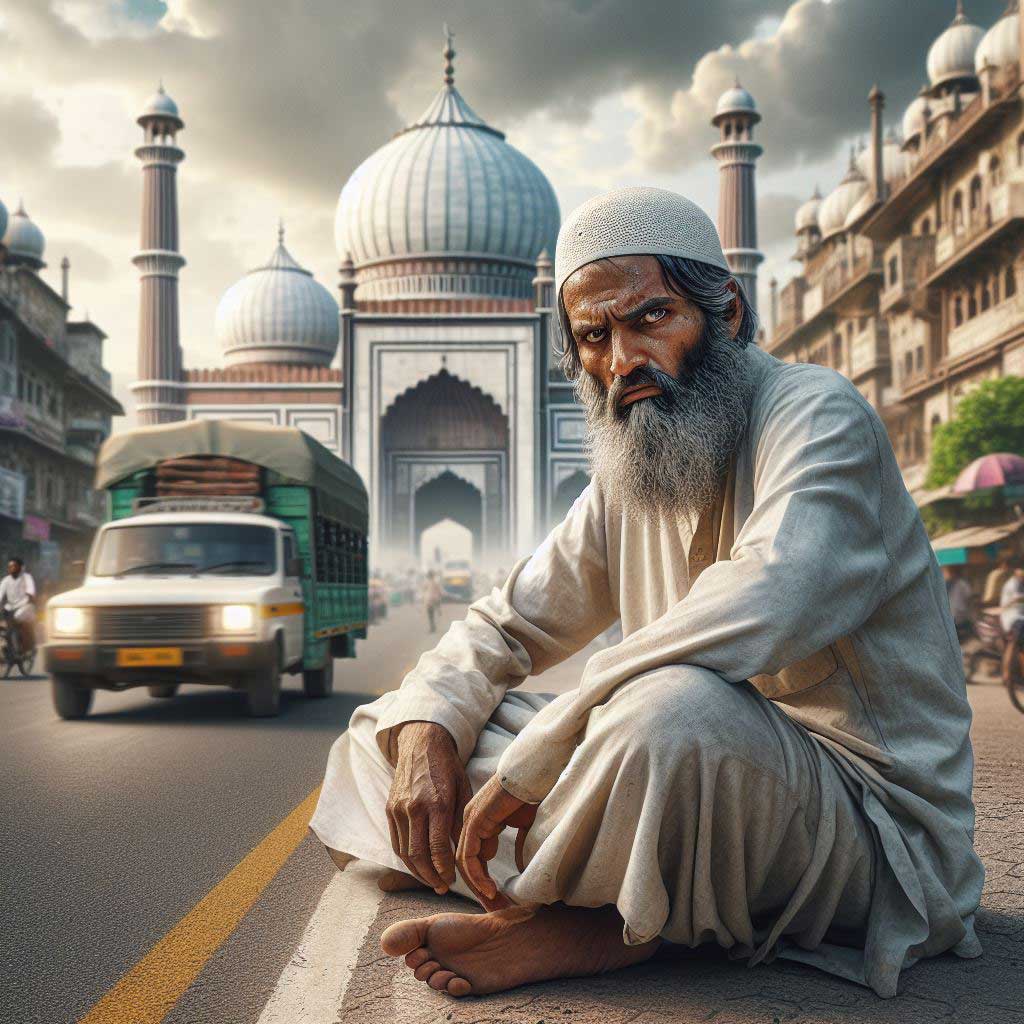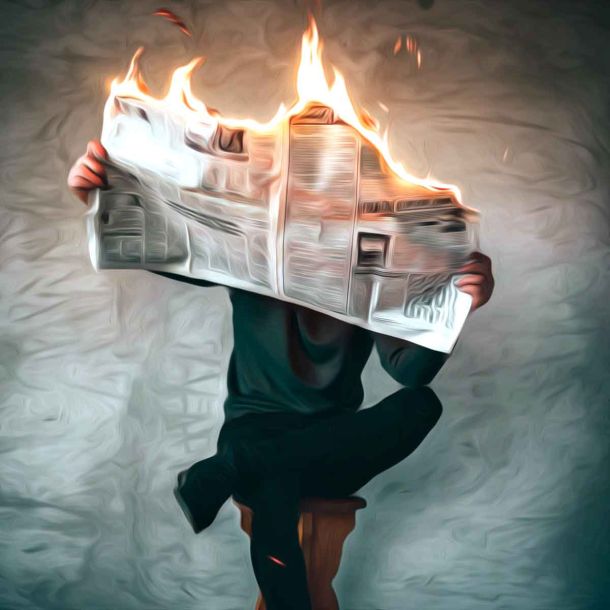More Coverage
Twitter Coverage
JOIN SATYAAGRAH SOCIAL MEDIA
"गुस्ताख़ी-ए-फ़रिश्ता": Delhi High Court dismisses Waqf Board's plea against Sunehri Bagh Mosque's demolition, led by chairman of the Delhi Waqf Board, Amanatullah Khan; NDMC seeks public insights, inviting suggestions and objections

The capital's civic landscape is poised for change, as the New Delhi Municipal Council (NDMC) calls for public engagement regarding the future of a historic religious site. In a notice dated 24th December, the NDMC has opened the floor for public opinion on the proposed dismantling of the Sunehri Mosque, a decision that has not gone unnoticed by the city's residents. The Department of Architecture and Environment has put forward the call for suggestions and objections, inviting civic participation by the 1st of January 2024, as outlined under Clause 1.3(ii) of the bye-law.
|
The mosque, a cornerstone for many local worshippers, stands at a crossroads. Imam Abdul Aziz, a figure of authority at the mosque, voiced his concerns in a conversation with the Times of India. "The mosque is not at all hampering traffic movement," he stated, addressing the reasons cited for the mosque's potential removal. His remarks draw attention to a similar incident from the past where a dargah, close to the mosque, was taken down by the civic body, presumably under the same justification.
Imam Abdul Aziz also shed light on the mosque's significance to the community. "The mosque caters to a large number of worshippers; around 200 people visit it every day and nearly 500 every Friday," he explained, highlighting the mosque's role as a spiritual haven for many. It's not just a place of worship but also a social hub for the local Muslim community and those working in the vicinity, who come to offer their prayers, their namaz. The Imam emphasized the orderly nature of the congregation, noting that "nobody parks their vehicles on roads or outside the complex."
In a landmark decision, the Delhi High Court has recently upheld the advancement of urban development by dismissing the Delhi Waqf Board's plea against the proposed removal of the Sunehri Bagh Mosque for road widening. This step is seen as a welcome move to cater to the growing needs of the city's infrastructure. The mosque, while steeped in history and recognized as a grade-III heritage building since October 2009, finds itself at the crossroads of historical preservation and the capital's developmental aspirations.
|
The NDMC's public notice sheds light on the pragmatic approach taken by the civic body in response to the city's evolving dynamics. "The civic body had received reference from the Delhi Traffic Police regarding a traffic engineering proposal for sustainable mobility in the vicinity of the roundabout of Sunehri Bagh," said the notice. This reference indicates a thoughtful consideration of the city's future, prioritizing the well-being and convenience of its residents.
Taking a step further in this direction, the NDMC has actively sought the clearance required to proceed with this initiative. "After that, NDMC applied to the Heritage Conservation Committee to remove Sunehri Masjid under Annexure II, Clause 1.16 of the Unified Building Bye Laws 2016." This application demonstrates the NDMC's commitment to adhering to the legal framework while embracing the changes necessary for the city's sustainable mobility.
The court's decision is a testament to the delicate balance that modern cities must strike between preserving their past and building their future. While the mosque's heritage status is honored, the pressing need for infrastructural enhancement to facilitate smoother traffic movement in a rapidly growing metropolis has been given due importance.
|
As Delhi marches towards becoming a city that embodies both its rich heritage and its aspirations for a modern, world-class urban environment, decisions like these highlight the proactive measures taken to ensure that its development is both inclusive and comprehensive. The public, too, is encouraged to partake in this transformation, with the NDMC's call for suggestions and objections being a clear indication of the participatory approach adopted in governance and city planning.
As the Delhi High Court's decision paves the way for urban development, the Muslim community has taken to social media to voice their concerns. In response to the proposal to demolish the Sunehri Bagh Mosque for traffic improvement, a digital campaign has been initiated, calling for public action. This movement sees community members urging others to submit formal objections to the proposal.
One prominent voice in this campaign is Zafarul-Islam Khan, the former Chief of the Delhi Minorities Commission. He took to social media platform X to express his views, stating, “A mosque in Delhi is slated to be demolished for the sake of smooth traffic. Pl file your objection.” His post reflects a sense of urgency and a call for communal solidarity in the face of the proposed changes.
|
Echoing Khan's sentiments, several other social media users have made similar posts, creating a wave of digital activism. This collective effort highlights the community's desire to preserve their place of worship and showcases the power of social media as a tool for civic engagement and public discourse.
The legal aspect of this situation involves Amanatullah Khan, the chairman of the Delhi Waqf Board. He played a crucial role in opposing the demolition legally. "Notably, the plea against the demolition was submitted by Amanatullah Khan, chairman of the Delhi Waqf Board, via standing counsel of the board, Wajeeh Shafiq." This legal attempt to halt the demolition process underscores the community's dedication to protecting its heritage and religious sites.
However, the Delhi High Court's decision on 18th December marked a turning point. "The court dismissed the plea as both parties concluded that though removing the mosque for smooth traffic flow was essential, NDMC would proceed as per the law and would not take any criminal action." This ruling indicates a mutual understanding of the need for infrastructural development, while ensuring that the process adheres to legal and ethical standards.
Further detailing the procedural aspects, "As per the court documents, NDMC issued an order on 26th June 2023 to inspect the mosque for proposed removal to widen the road." Yet, in a bid to preserve the mosque, "the Delhi Waqf Court approached the Delhi High Court seeking a stay on the proposal." This legal recourse by the Waqf Court highlights the ongoing efforts to balance development with cultural preservation, a theme that resonates deeply in the evolving landscape of Delhi.
|
The ongoing case regarding the Sunehri Bagh Mosque took a significant turn on 28th June when the Delhi High Court actively intervened. Recognizing the need for a comprehensive review, the court issued a notice to the New Delhi Municipal Council (NDMC) and the Delhi Traffic Police. This notice was a call to action, inviting these key players to join the legal discourse and contribute their insights to the matter at hand.
The court ordered a joint inspection on 12th July, and both parties were asked to maintain the status quo in the matter. This directive was aimed at ensuring a thorough evaluation while preventing any premature actions that might prejudice the case's outcome. It marked a crucial step in ensuring that all actions taken were informed, balanced, and respectful of the legal process.
In its reply to the court, NDMC said that it was essential to remove the mosque to widen the road to ensure a smooth flow of traffic. This statement by the NDMC underscored their view that the mosque's removal was crucial for easing traffic congestion, thus enhancing the overall functionality of the city's roadways.
Subsequently, following the inspection, the parties agreed that the mosque would be shifted somewhere else, and the court dismissed the petition. This agreement marked a significant development in the case, balancing the need for infrastructural development with the preservation of the mosque. It showcased a willingness from all parties to find a solution that respected both the city's urban needs and the mosque's significance.
The case, however, was far from closed. In an additional step to ensure that all aspects of the issue were thoroughly considered, "the matter was sent to the Religious Committee for consideration." This move indicated the court's understanding of the sensitivity involved in relocating a place of worship. By involving the Religious Committee, the court ensured that the decision was not just administratively sound but also culturally and religiously considerate.
In the ongoing case of the Sunehri Bagh Mosque, the New Delhi Municipal Council (NDMC) has taken a significant step in line with legal procedures and public engagement. Adhering to the principles of participatory governance, the NDMC is now actively seeking input from the public regarding the proposed relocation of the mosque.
|
However, the narrative surrounding the mosque's fate on social media platforms presents an incomplete picture. The social media posts skipped the part where it was decided to shift the mosque. This omission in social media discussions has led to a gap in understanding among the public. The focus on demolition, without mentioning the agreed-upon relocation, paints an incomplete and potentially misleading picture of the situation.
It's crucial to highlight that the decision wasn't just about removing the mosque but rather shifting it to a new location. This distinction is important as it reflects a balanced approach to urban development and cultural preservation. By omitting this key detail, the social media narrative overlooks the efforts made to find a solution that respects both the city's infrastructural needs and the mosque's significance to the community.
The case of the Sunehri Bagh Mosque is a complex one, interweaving the threads of urban planning, legal frameworks, religious sensitivities, and public opinion. The NDMC's invitation for public submissions is a step towards ensuring that all these aspects are considered before a final decision is made. It highlights the importance of having a complete and accurate understanding of such issues, especially in the age of social media, where partial information can lead to misunderstandings and misinterpretations.
 |
 Support Us
Support Us
Satyagraha was born from the heart of our land, with an undying aim to unveil the true essence of Bharat. It seeks to illuminate the hidden tales of our valiant freedom fighters and the rich chronicles that haven't yet sung their complete melody in the mainstream.
While platforms like NDTV and 'The Wire' effortlessly garner funds under the banner of safeguarding democracy, we at Satyagraha walk a different path. Our strength and resonance come from you. In this journey to weave a stronger Bharat, every little contribution amplifies our voice. Let's come together, contribute as you can, and champion the true spirit of our nation.
 |  |  |
| ICICI Bank of Satyaagrah | Razorpay Bank of Satyaagrah | PayPal Bank of Satyaagrah - For International Payments |
If all above doesn't work, then try the LINK below:
Please share the article on other platforms
DISCLAIMER: The author is solely responsible for the views expressed in this article. The author carries the responsibility for citing and/or licensing of images utilized within the text. The website also frequently uses non-commercial images for representational purposes only in line with the article. We are not responsible for the authenticity of such images. If some images have a copyright issue, we request the person/entity to contact us at This email address is being protected from spambots. You need JavaScript enabled to view it. and we will take the necessary actions to resolve the issue.
Related Articles
- Hours after Shivling discovered inside disputed Gyanvapi, AIMIM chief Asaduddin Owaisi provokes Muslims against court-ordered proceedings amidst chants of ‘Naara-e-Takbeer’ and ‘Allahu Akbar
- "Ayodhya hui hamari, ab Kashi-Mathura ki baari": Plea submitted in Mathura Court to secure Shahi Idgah Masjid to protect Hindu sacred artefacts after Shivling discovered at wuzukhana in Gyanvapi premises
- Hindu side filed reply in Supreme Court: 'Gyanvapi property belonged to Lord Adi Vishweshwar since time immemorial, even before the Islamic rule in India, and hence cannot be handed to anybody'
- Plea rejected by Allahabad High Court to open 22 'closed rooms' of Taj Mahal to research the real history, says "matter should be left to historians. Please don't take us to the historical facts which you believe"
- In a major development, Mathura court allowed a plea to remove the disputed structure of the Shahi Idgah Mosque near Krishna Janmabhoomi for hearing: suit filed in the name of "Bhagwan Sri Krishna Virajman"
- Does the Places of Worship Act 1991, really forbids any transformation in worship’s religious character after August 15, 1947? Gyanvapi compound may lead to its exemption if found more than 100 years old
- 'Found stone carvings of Hindu Gods-Goddesses, lotus, Seshnaag, Shrigar Gauri shrine distinctly visible, absolute remnants of ancient Hindu temple': Survey commissioner Ajay Mishra reports, Muslim side continuously uncooperative
- Madhya Pradesh HC accepted petition for stay on Muslims performing Namaz in the compound of Bhojshala monument: Read how an educational centre and a historic temple of Goddess Saraswati became Kamal Maulana mosque
- Shivling discovered in the Gyanvapi complex during a survey after the water was pumped out of a well that Muslims were using as 'Wuzukhana' for washing their hands and feet before offering Namaz
- "Justice for sale, affordability varies": In an escalating controversy, Udhayanidhi Stalin's fierce criticisms of Sanatana Dharma lead to public uproar & legal petitions, Supreme Court denies expedited hearing, ‘Won’t allow it, follow standard procedures’






















